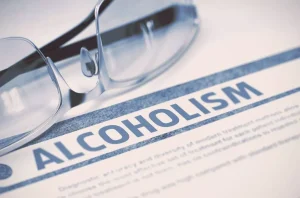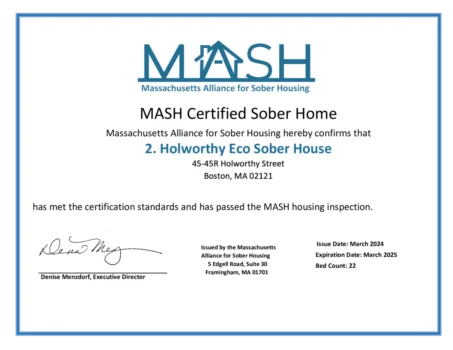Alcohol and the Human Body National Institute on Alcohol Abuse and Alcoholism NIAAA

Having a glass of wine with dinner or a beer at a party here and there isn’t going to destroy your gut. But even low amounts of daily drinking and prolonged and heavy use of alcohol can lead to significant problems for your digestive system. You don’t need to have every one of these signs to have alcohol poisoning. It affects people differently but can become life-threatening very quickly.
Causes and Risk Factors of Alcohol Use Disorder
If loved ones question you, you may lie about how much you’re drinking. About 62% of Americans drink alcohol, whether beer, wine, liquor, or mixed drinks. About 1 in 5 people admit that they sometimes drink more than they “should.” But in 1956, the AMA officially designated alcoholism as a disease, meaning people should be hospitalized and treated for the condition. The AMA emphasized that in the case of alcoholism (as opposed to intoxication), the person did not have control over their alcohol use.
Controlled drinking

The intoxication and withdrawal cycle can also cause MDD and other mental health concerns. Before it becomes problematic, why do people turn to alcohol in the first place? One is simply its rewarding consequences, such as having fun or escaping social anxiety. Having an impulsive personality plays into the decision to seek rewards despite negative repercussions.
What is alcohol use disorder?
- That’s because your body already has processes in place that allow it to store excess proteins, carbohydrates and fats.
- When you take naltrexone, you won’t feel relaxed or get a euphoric “high” from drinking.
- They can discuss co-occurring mental illnesses such as anxiety and depression.
- This can include stress in your life, whether an overwhelming event or a bunch of smaller stressors that build up over time.
- Alcohol is a toxic and psychoactive substance with dependence producing properties.
It doesn’t matter how much you drink – the risk to the drinker’s health starts from the first drop of any alcoholic beverage. The third idea is that medical help is necessary to deal with alcoholism. Indeed, most alcoholics control their drinking without any help from anyone else.
Prevention of Alcohol Use Disorder
You and your community can take steps to improve everyone’s health and quality of life. The less alcohol you drink, the lower your risk for these health effects, including several types of cancer. Alcoholics Anonymous can alcoholism be cured is a decades-old treatment, but one that research shows is effective. A recent review found that Alcoholics Anonymous led to higher rates of abstinence from alcohol long term compared to other treatments.
In addition, they have proven to be very effective in helping people reach their goal. Whether it be either reducing or eliminating their drinking. Solving that problem became the top priority of the treatment industry. Notably, this required convincing the public, public officials, insurance companies, and medical groups that alcoholism was a disease.


Without realizing it, you could take risks that could put yourself or others in harm’s way. If you’re younger than 18, pregnant, or nursing, harm reduction isn’t a https://ecosoberhouse.com/ good option. CBT works by helping you explore how your thought patterns affect your reactions and behaviors so you can learn new ways of responding to emotions.
Drinking Linked to Other Cues

The risks increase largely in a dose-dependent manner with the volume of alcohol consumed and with frequency of drinking, and exponentially with the amount consumed on a single occasion. Surrogate and illegally produced alcohols can bring an extra health risk from toxic contaminants. Loved ones are an integral part of the addiction recovery process, but they need to balance their own needs in addition to providing support. To do that, they can set boundaries around their emotional, physical, and financial relationship, for example that the house will remain an alcohol-free zone. They can research alcoholism to understand the underpinnings of the disorder, the signs of an overdose, and other important information. They can discuss co-occurring mental illnesses such as anxiety and depression.